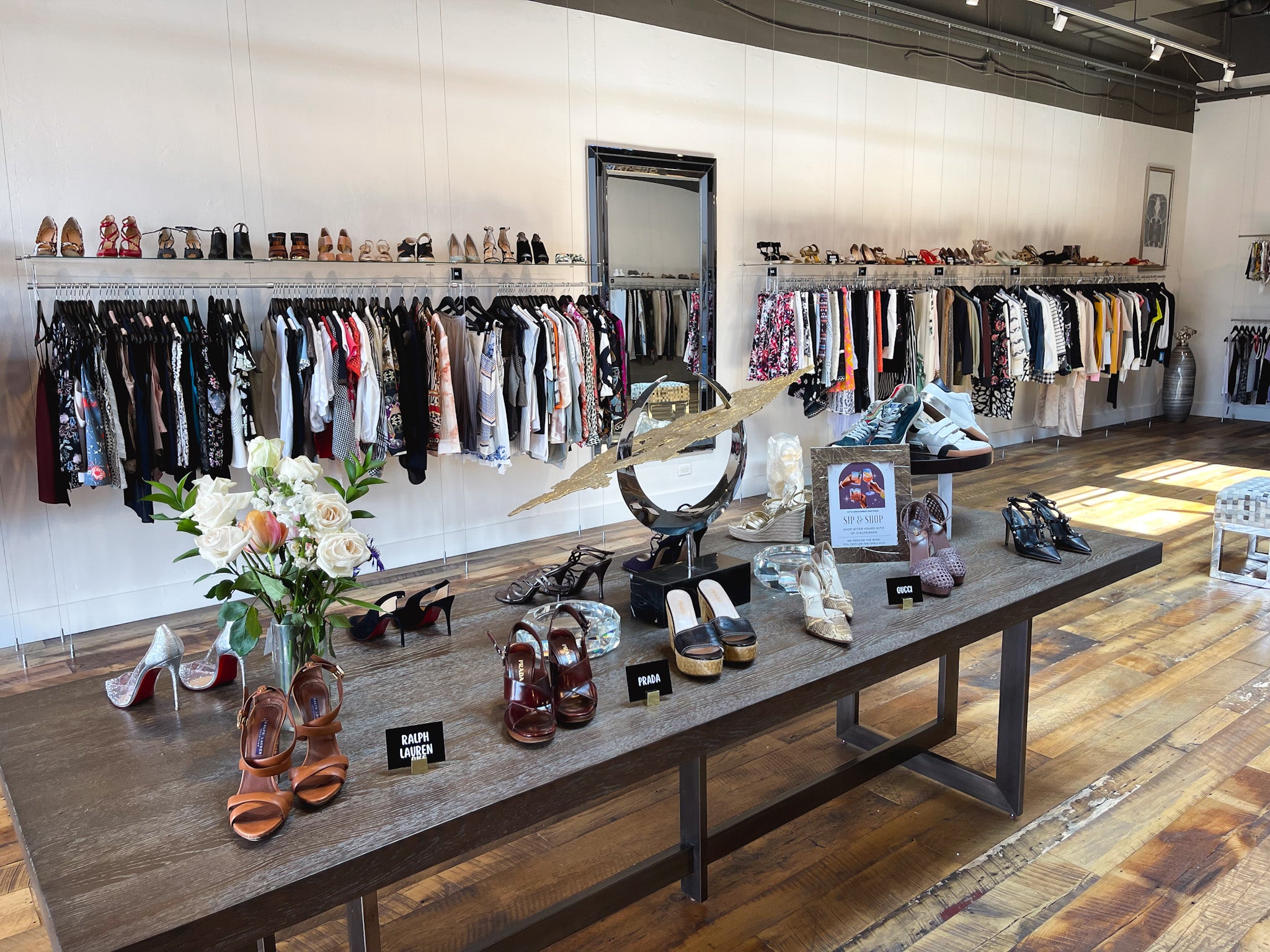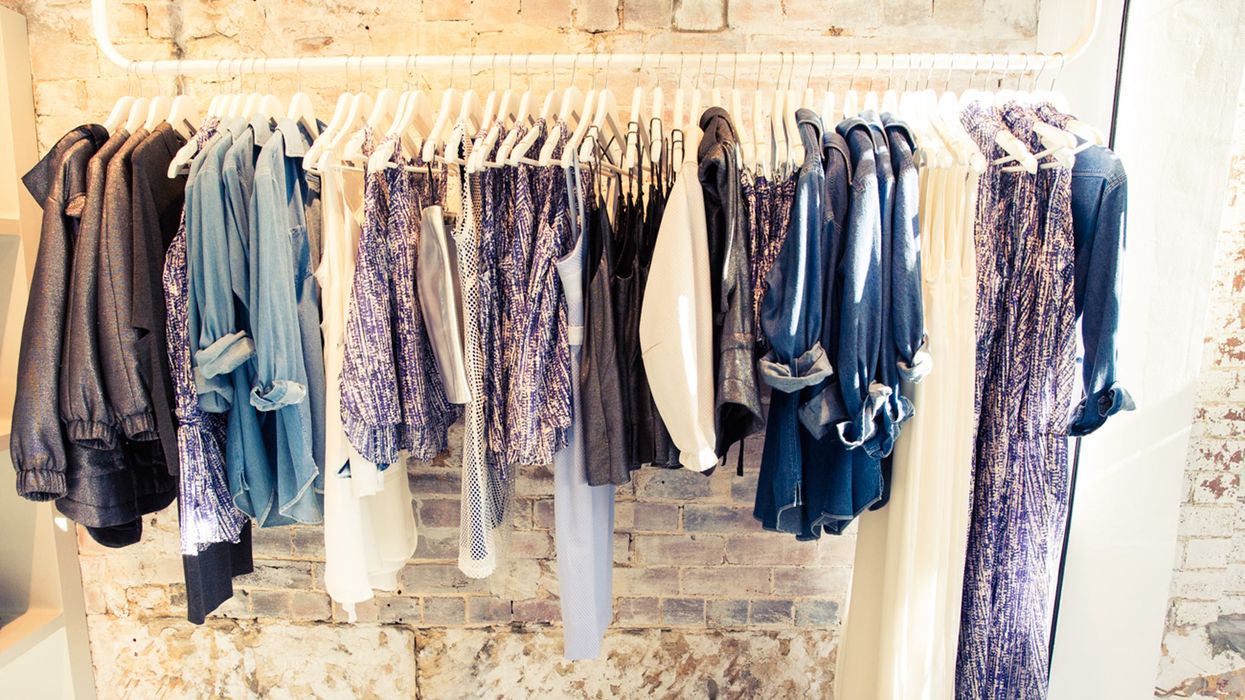Introducing the Keys Behind Budget-friendly Boutique Fashion
Introducing the Keys Behind Budget-friendly Boutique Fashion
Blog Article
A Deep Study the World of High-Fashion Runways: Recognizing Clothing as Art
Developers, much like masterful musicians, weave elaborate narratives via kind, material, and color, testing typical norms and redefining elegance requirements. As we explore these sartorial eyeglasses, we must ponder: what duty does fashion play in forming societal worths, and how does it mirror the ever-changing tapestry of human emotion and identification?
The Evolution of Runway Shows
The trajectory of runway programs has changed considerably over the decades, advancing from exclusive sector events to fascinating eyeglasses that blend style with art. Typically, path shows were intimate events, kept in ateliers or little places, primarily gone to by buyers and market insiders. These very early discussions concentrated on the garments' workmanship and business viability, using a useful and straight display of seasonal collections.
As the fashion business increased, the nature of runway programs began to alter. The 1970s and 1980s marked a transforming factor, with designers seeking to identify themselves via more theatrical presentations. This age saw the increase of intricate sets, choreographed models, and thematic narratives, proclaiming a brand-new age where the runway became an experiential platform. The shows transformed into a type of narration, where each collection shared a distinctive story or concept.
Recently, innovation and social media sites have actually better changed path programs, making them obtainable to an international target market. Livestreaming and electronic platforms have democratized style, permitting fanatics worldwide to witness these occasions in real-time (boutique fashion). This evolution shows a broader cultural shift, where high-fashion runways act as a dynamic intersection of design, efficiency, and advancement
Designers as Dreamer Artists
Exactly how have designers transcended their roles to come to be visionary artists? Developers in the high-fashion sector have blurred the lines in between functional garment creation and the theoretical realm of art. This makeover appears in the method they approach their collections, not merely as garments but as extensive expressions of feeling, culture, and identification. By embracing imaginative disciplines such as sculpture, paint, and avant-garde setups, developers craft garments that challenge traditional fashion norms and boost them to art types.
Visionary developers draw motivation from a myriad of resources, consisting of abstract art, historical recommendations, and individual stories. They possess a distinct capacity to visualize and emerge concepts that press the borders of conventional fashion, commonly redefining aesthetic paradigms in the process. This innovative resourcefulness is showcased via dramatic silhouettes, ingenious products, and intricate craftsmanship, which invite customers to experience style as even more than simply wearable things.
Moreover, the runway works as a canvas for these artists, where illumination, music, and established style coalesce to develop immersive experiences. These discussions are not merely display screens of apparel however are managed efficiencies that stimulate feeling and prompt idea, verifying the developer's duty as a real musician in the modern cultural landscape.
Social Impacts in vogue
Social tapestry weaves its complex patterns into the fabric of style, affecting designers globally. The vibrant interchange of cultural stories, practices, and signs notifies and inspires collections that poise high-fashion runways.
The influence of Continued society on style is frequently seen in the reinterpretation of traditional garments and patterns. The use of Japanese robes, Indian saris, or African prints in contemporary fashion mirrors a blend of cultural credibility and modern appearances. Designers such as Valentino's Pierpaolo Piccioli and Alexander McQueen's Sarah Burton have actually been known to integrate abundant cultural themes right into their couture collections, converting history right into wearable art.

Technology in Textile and Layout
Technology in textile and layout continually improves the landscape of high-fashion, pressing limits and redefining possibilities. In recent times, technological advancements have actually dramatically added to this development, introducing materials that challenge conventional understandings. Textiles embedded with smart fibers, with the ability of changing shade or controling temperature, are no more constrained to the world of sci-fi. Developers are increasingly exploring the integration of modern technology, such as 3D printing, which enables the development of complex frameworks that were formerly unthinkable.
Additionally, sustainability has ended up being a critical motif in material technology. The garment industry is check it out experiencing a surge in making use of eco-friendly products, stemmed from recycled plastics, natural fibers, and also naturally degradable parts. These developments not just provide brand-new textures and looks but likewise address critical environmental problems. Designers are embracing these products to craft garments that are both mindful and aesthetically striking of their ecological footprint.
In regards to layout, avant-garde silhouettes and experimental types are continually revolutionizing the runway. By integrating unique products and innovative strategies, developers grow garments that obscure the line in between style and art, establishing brand-new criteria for creative thinking and expression in the high-fashion round.
Influence of Style on Culture
Style possesses an extensive impact on society, functioning as both a reflection of cultural identification and a stimulant for social adjustment. Via its advancement, style has mirrored societal shifts, encapsulating the zeitgeist of numerous periods. The flapper outfits of the 1920s symbolized a newfound sense of females's freedom, while the vibrant prints of the 1960s resembled the advanced spirit of the time. High-fashion runways, specifically, serve as platforms for challenging standards and redefining appeal requirements. Designers make use of these places to attend to pressing social concerns, from sustainability to variety, thus forming public discussion.
Moreover, style has the power to bridge cultural voids, promoting understanding and appreciation amongst diverse teams. As globalisation accelerates, the cross-cultural exchange of style ideas ends up being increasingly substantial, promoting inclusivity and variety. The rise of streetwear, stemming from urban subcultures, shows how fashion can go beyond socio-economic boundaries, providing individuals a way of self-expression and empowerment.
Fundamentally, fashion is not just about visual appeals; it is a vibrant pressure that affects values, mindsets, and social progress (boutique fashion). By continually interacting with social and social currents, fashion stays an integral part of the collective human experience

Final Thought
Designers, akin to check out this site visionary artists, coordinate collections that show identity, feeling, and social narratives, testing typical aesthetics. This crossway of style and virtuosity not just captivates target markets around the world however also affects societal perceptions and promotes a deeper recognition for cultural variety.

Social tapestry weaves its intricate patterns into the material of style, affecting designers worldwide.Fashion possesses a profound influence on society, serving as both a representation of social identification and a catalyst for social modification.
Report this page